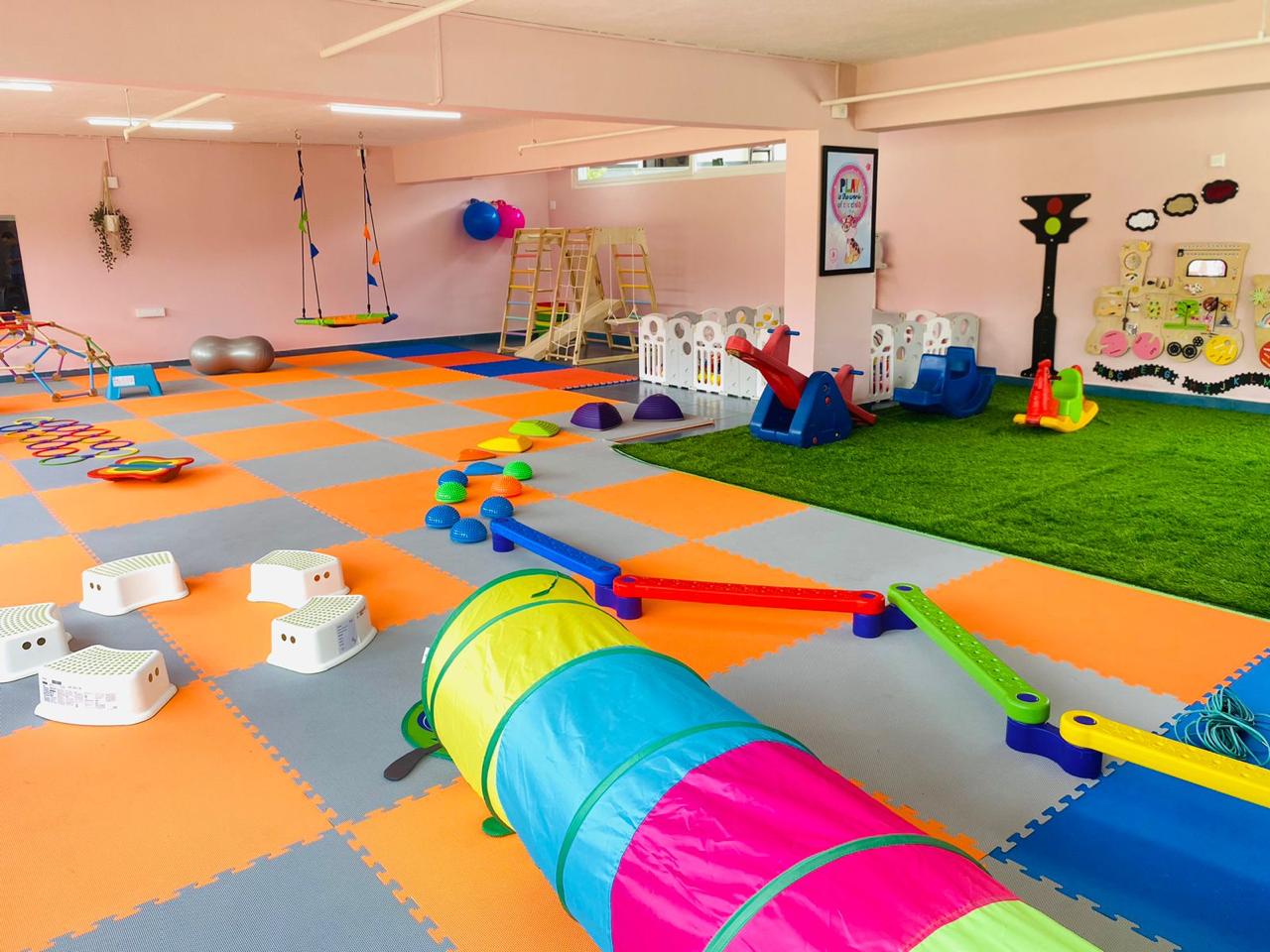
Child Development Specialist
The Importance of Sensory Play in Early Childhood Development
Sensory play is a fundamental component of early childhood development, engaging children through activities that stimulate their senses—sight, sound, touch, taste, and smell. At Amri Haber, we believe in the transformative power of sensory play, and our sensory parks are designed to maximize its benefits.

Cognitive Development
Sensory play enhances cognitive growth by encouraging children to explore, experiment, and problem-solve. When children interact with different textures, colors, and shapes, they develop critical thinking skills and learn to make sense of the world around them. Activities such as sorting objects by texture or color, playing with sand and water, and exploring sensory bins foster neural connections and improve memory and understanding.
Emotional Development
Engaging in sensory play helps children regulate their emotions and develop a sense of calm. The tactile experience of touching different materials can be soothing and help reduce anxiety. Sensory play also allows children to express their emotions and manage stress through creative activities. For example, manipulating playdough or engaging in water play can be both relaxing and therapeutic.
Physical Development
Sensory play promotes fine and gross motor skills. Activities that involve squeezing, pouring, or molding help develop hand-eye coordination and dexterity. Larger movements, such as jumping on a sensory path or navigating an obstacle course, enhance balance, strength, and spatial awareness. These physical interactions are crucial for building muscle strength and coordination, which are foundational for later academic skills like writing and typing.
Social Development
Sensory play provides opportunities for social interaction and cooperation. Children learn to share materials, take turns, and communicate their ideas while engaging in group activities. These interactions are essential for developing social skills, such as empathy, teamwork, and problem-solving in a collaborative environment.
Language Development
Through sensory play, children expand their vocabulary and language skills. Describing textures, actions, and sensory experiences helps children articulate their thoughts and improve their communication abilities. Activities that involve storytelling, such as creating a sensory story using tactile materials, foster narrative skills and encourage expressive language development.
The Role of Sensory Parks
At Amri Haber, our sensory parks are meticulously designed to provide a variety of sensory experiences that cater to all these aspects of development. By integrating elements such as tactile pathways, interactive panels, and soundscapes, we create environments where children can thrive and develop holistically.






